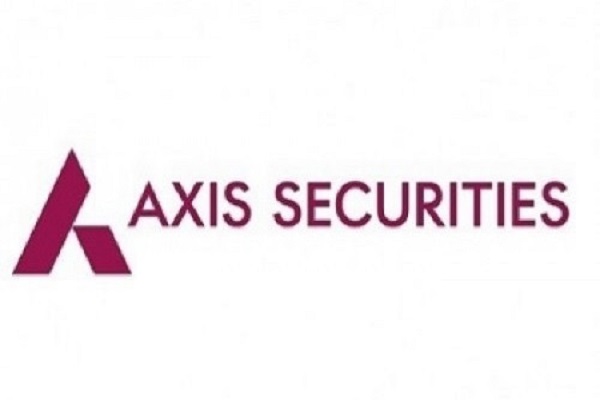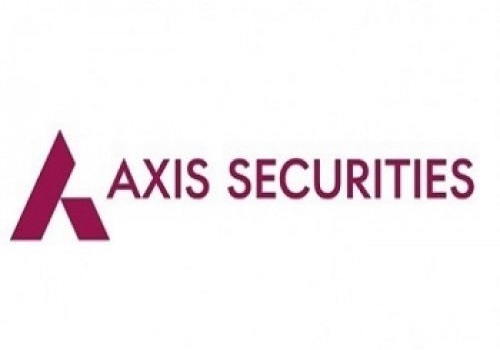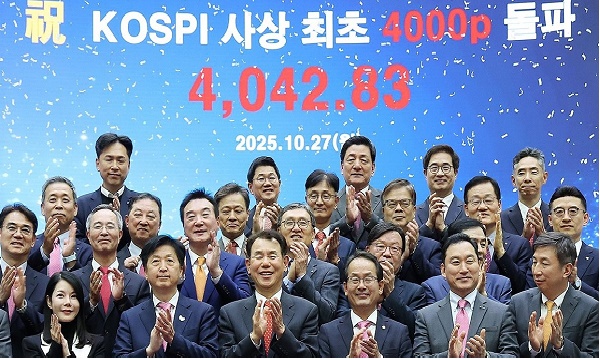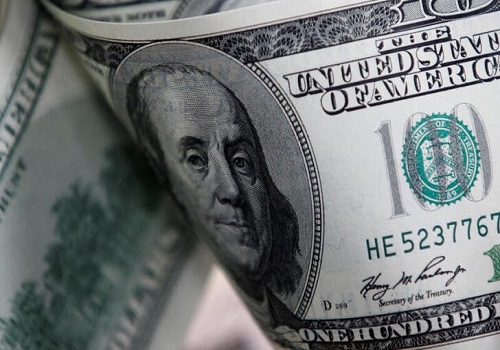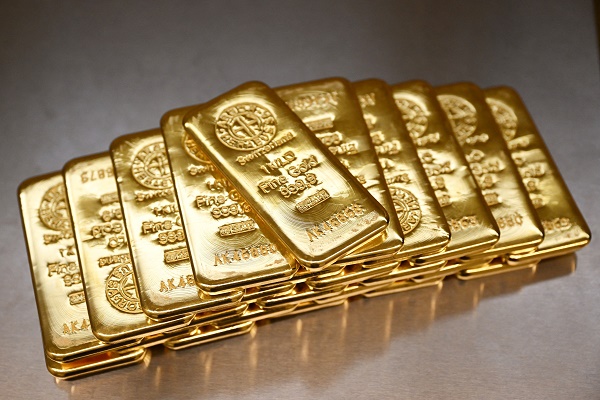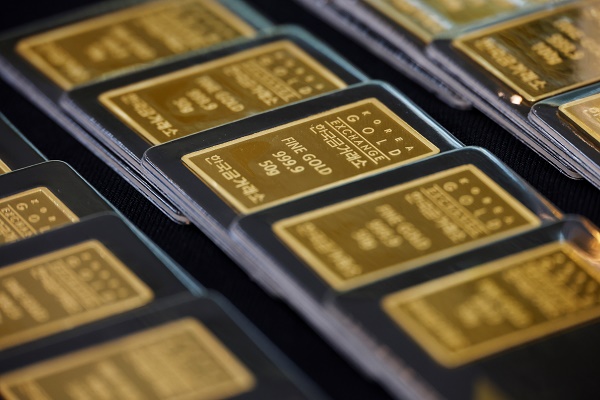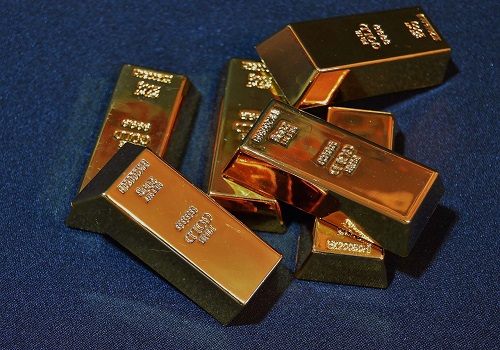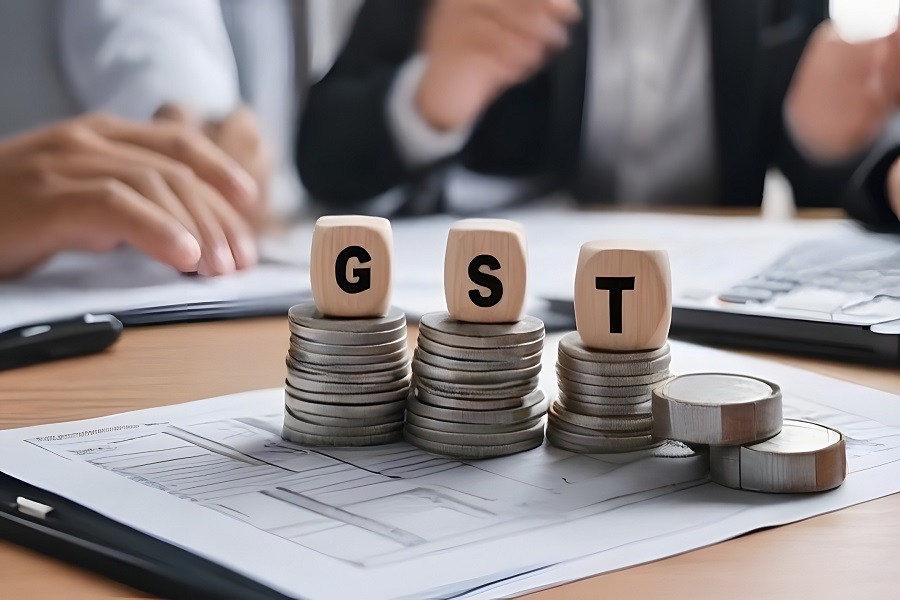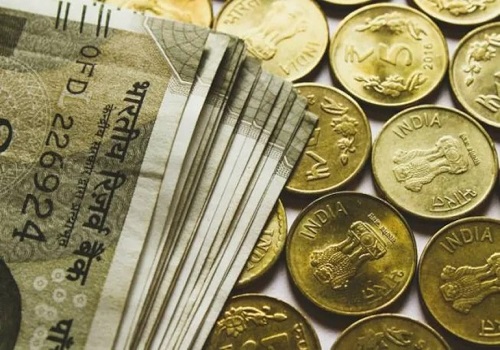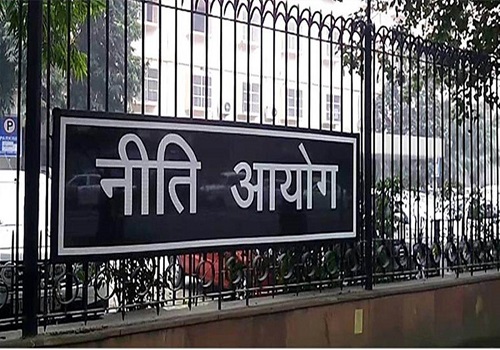CPI Inflation : Food prices cushion impact of gold ; bottom in 3Q By JM Financial Services

Food prices cushion impact of gold; bottom in 3Q
Deflationary pressures in the food and energy categories aided headline inflation to an 8-year low in September, and it was broadly in line with market expectation of 1.5%. The impact of GST rationalisation was not evident in consumer-centric categories like clothing, bedding, and footwear while inflationary pressure was evident in the housing category due to higher rents. The rally in gold prices kept core inflation elevated at 4.7%, with gold contributing 30% to core inflation. Unlike gold, lower weightage of silver in the CPI basket led to negligible impact on inflation. Inflation averaged 10bps lower than RBI’s expectation of 1.8% in 2QFY26; the downside risk to inflation persists in 3Q as well. We expect inflation to average below 2.5% in FY26, opening up policy space for monetary easing in December.
* Lowest print in 8 years: Deflationary pressures in the food (-0.5% MoM) and energy (-0.22% MoM) categories aided headline inflation to its lowest level in the last 8 years. Headline inflation moderated to 1.54% in Sep’25, which was broadly in line with market expectation of 1.5%. Today’s print indicates that CPI inflation is yet to bottom out; moreover, the impact of GST rationalisation is not evident in consumer-centric categories like clothing, bedding, and footwear while inflationary pressure in the housing category picked up pace (0.8% MoM vs. -0.5% MoM prior). Inflation averaged 10bps lower than RBI’s expectation of 1.8% in 2QFY26; 3Q is also expected to see inflation average below 2%, which opens up policy space for easing.
* Food prices expected to remain under control: Exhibit 5 reveals that deflationary pressures were evident only in the food category in Sep’25; however, due to its weightage of 45.9% in the CPI basket, its impact on inflation was meaningful. Within the food category, inflationary pressures were evident in the protein mix (meat, fish, eggs) and oil and fats (Ex 6). The progress in kharif sowing does not indicate any further supply side pressures in the food category. The improvement in kharif sowing is mainly led by cereals (mainly rice); even sowing in pulses has improved compared to last year. Oil seeds is the only category with a decline in actual area sown (Ex 7). Moreover, ample rainfall has ensured that the reservoir levels are comfortably above the long period average (Ex 8), which will aid the upcoming rabi sowing.
* Rally in gold prices fuels core inflation: The price of gold is on an uptrend and has returned 62% in INR terms since the start of 2025. With a weightage of 1.08% in the CPI basket, the contribution of gold in the headline as well as core inflation has increased, so much so that it contributed ~30% to core inflation in Sep’25 (Ex 4). Core inflation has remained elevated for major part of the year due to gold and the latest uptick above 4.5% in core inflation is mainly gold-led. The sharp uptick in silver prices (75% YoY) also fuelled core inflation; however, due to a lower weigtage (0.11%) its impact on inflation was negligible. Overall, deflationary pressures in the food category aided headline inflation, while the core is elevated mainly led by the spike in gold prices.
* Core elevated due to gold & silver: Core inflation (net of food, fuel and intoxicants) continued to reflect stubborn inflationary pressure in September as well (0.67% MoM vs. 0.39% MoM prior), and remained elevated at 4.7%. This is the 8 th consecutive month with a reading above the 4% mark. A closer look reveals that spike in inflationary pressures was mainly in “personal care and effects” category led by gold (7.8% MoM vs. 1.9% MoM prior) and silver (9.7% MoM vs. 4.1% MoM prior) and to some extent in the “housing” category (0.8% MoM vs. 0.5% MoM prior) while pricing pressure was under control in other categories.
* Benign inflation opens policy space for easing: September’s CPI print signals that deflationary pressures in the food category will aid headline inflation in the upcoming months as well. Domestic inflation averaged 10bps lower than the RBI’s own expectation of 1.8%, which was already lowered by 30bps in the latest MPC meet in Oct’25. This situation opens up policy space for easing along with downside risk to inflation expectation. The impact of GST was not evident in September in consumer-centric categories. Domestic yields did not reflect hardening bias post the Oct’25 MPC meet and settled at 6.51%, reflecting the effectiveness of the RBI Governor’s policy tone. The depreciating bias in INR has been contained in Sep’25 (Ex 9), most likely due to RBI’s Fx intervention. On the external front, the extension of the US government shutdown will add to the market volatility and drag the dollar in case inflation data is not released on 15th Oct. Domestic inflation is yet to bottom out and will continue to be in comfortable position, opening up space for policy easing in December.
Please refer disclaimer at https://www.jmfl.com/disclaimer
SEBI Registration Number is INM000010361



